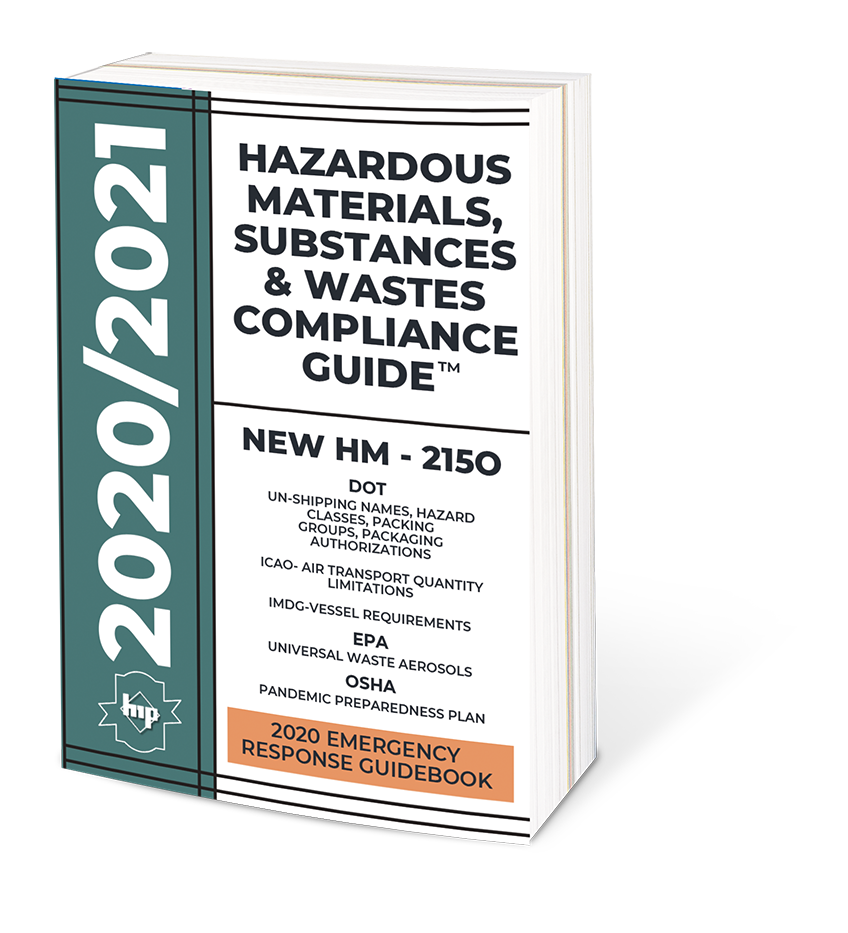EMERGENCY RESPONSE HAZMAT TEAMS
DO NOT NEED 8 HOURS OF ANNUAL TRAINING
The Occupational Health and Safety Administration’s 1910.120 Hazwoper Emergency Response Hazmat Team Training Regulation is the first and most misunderstood training requirement I have encountered. So, let’s cut to the chase, annual training yes, but 8 hours of it, not necessarily unless they work at Uncontrolled Hazardous Waste Sites under 1910.120 (b) though (o) or a RCRA Permitted Treatment, Storage Disposal Facilities (TSDF), under 1910.120(p). It all can be found in the March 6, 1989 final rule in the Federal register starting on page 9309.
The 1910.120(q) Emergency response requirements cover emergency response situations that occur at locations other than Uncontrolled Hazardous Waste Sites and RCRA TSDFs. The typical site covered by 1910.120(q), would be a transportation accident where hazardous substances are being or have the potential for being released into the environment, or chemical storage and manufacturing facility releases such that occurred in Bhopal India and Institute, West Virginia.
These emergency responses are the types of accidents that would usually include first responders (i.e.plant workers, police, employees on a train), HAZMAT teams, State Fire Marshals, Coast Guard or Federal E.P.A, the National Response Teams and the clean-up crews who are initial response employees of the site owner that clean-up the release. Employees of outside clean-up contractors would be covered by uncontrolled hazardous waste site requirements in paragraphs (b) through (o), as post emergency response clean-ups, require different levels of training and protective equipment than Hazmat teams in paragraph (q).
Post-emergency responses can be performed by two basic groups of employees: on site employees, or employees from off of the site. Post- emergency clean-up begins when the individual in charge of the initial emergency response declares the site is under control and ready for clean-up. According to paragraph (q)(11) Post emergency response, (which would include the 40 hours of initial training and an 8 hour update annually), would apply to those employees who come from other employers' sites, located off-of-the-site to perform the post-emergency clean-up. Employees of the employer at the site where the release occurred, and who perform post emergency clean-up, are considered to be part of the initial emergency response.
The difference is that employees at the site are familiar with the types of emergencies that may occur and the types of clean-up operations that may have to take place. The potential for unknown exposure to employees can occur when outside contractors or other off-site employees are brought into an unfamiliar environment and are expected to clean- up the residue from a release.
The 1910.120(q) training requirement is clear under subparagraph (8), that Hazmat Team employees who are trained in accordance with paragraph (q)(6) only require “annual refresher training of sufficient content and duration to maintain their competencies, or shall demonstrate competency in those areas at least yearly”.
The reason I started training was because of Hazwoper and the misunderstanding that most companies had because they refused to actually read it. This was back when I was still Dad’s seminar driver and in charge of the coffee breaks. When during an in house seminar an attendee asked me about it as he was having trouble moving forward under their multiple consultant’s different interpretations. Sometimes it’s best to ask the stupidest person in the room a question as they are the ones that actually have to look it up (which is a whole other blog).
Many companies relied on trainer “recommendations” to meet their training requirements, which is their first mistake. Surgeons don’t make money on physical therapy, they make money on surgeries.
So, unless your state has proposed, adopted and published a more stringent training requirements than the feds, focus your Hazmat Teams annual refresher emergency response training under paragraph (q) on their competency and not your wristwatch.
Be Safe!
Robert J Keegan
Publisher and President
Hazardous Materials Publishing Company
Transportation Skills Programs Inc.
Hazmat.tsp@gmail.com











